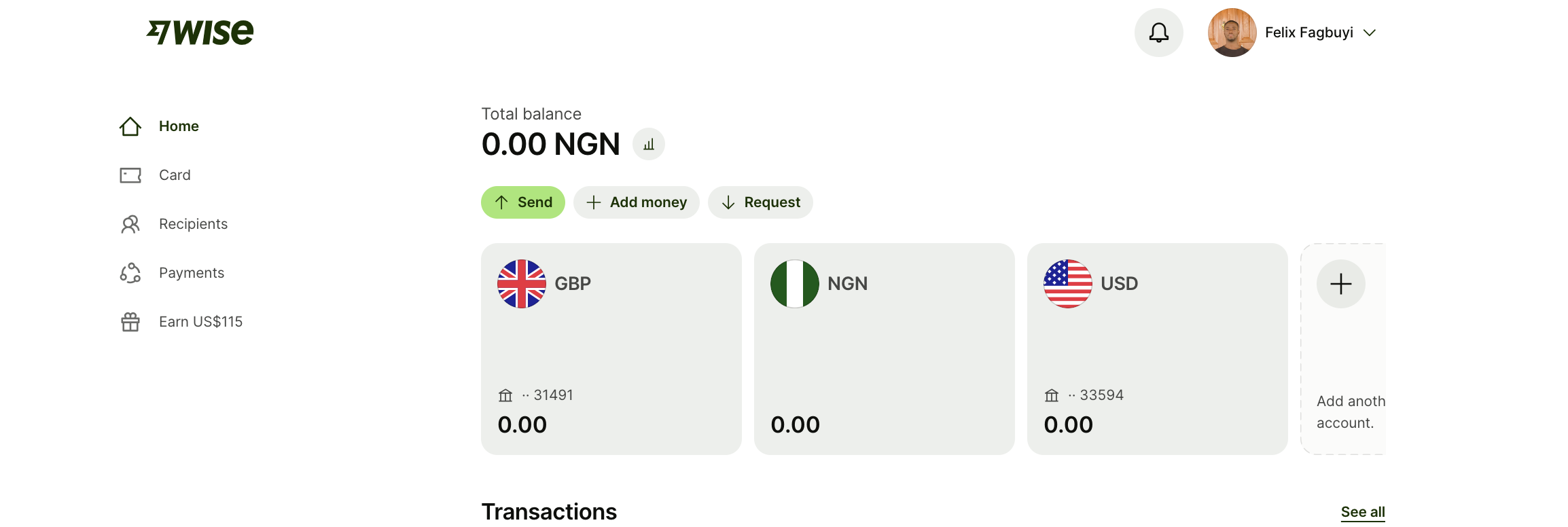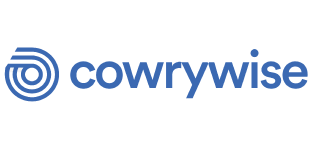Are you a non-US resident looking to open a US bank account? Traveling to the US can be costly and time-consuming, and many remote account opening services seem questionable. Fortunately, it’s entirely possible to open a US bank account without ever setting foot in the country. As a freelancer who has successfully opened multiple US bank accounts and secured US credit cards, I’m here to share a detailed, step-by-step guide on how you can do the same.
Why Open a US Bank Account?
Having a US bank account can significantly simplify your financial dealings, especially if you’re a freelancer or business owner. It can facilitate easier international transactions, reduce fees, and provide access to better banking services and products. Whether you need offshore USD banking, a debit card, an investment account, or a US credit card, this guide will help you navigate the process.
Understanding Your Options
When it comes to banking in the US as a non-resident, you have several viable options, each with its own set of benefits and challenges. The key is to choose the right bank for your specific needs. We’ll explore three main categories of banks: major US banks, offshore US banks, and electronic money institutions (EMIs).
Major US Banks
The biggest US banks include Bank of America, Wells Fargo, Chase, and Citibank. Additionally, there are numerous smaller, regional banks that might be more accessible for non-residents. Some of these banks are easier to open accounts with than others, especially if you don’t have a Social Security Number (SSN). One major US bank even offers remote account opening for non-residents.
Offshore US Banks
Offshore banks based in US territories like Puerto Rico can offer an alternative. Banks such as Zenus Bank, FV Bank, and Strategic Bank allow remote account opening for non-residents. However, they come with significant drawbacks, particularly in terms of security and fees.
Electronic Money Institutions (EMIs)
Services like Wise (formerly TransferWise) offer a practical solution for many non-residents. While not traditional banks, they provide easy, fast, and cost-effective ways to manage your finances internationally.
Step-by-Step Guide to Opening a US Bank Account
To open a US bank account as a non-resident, follow these detailed steps:
- Research and Choose a Bank
- Decide which bank best suits your needs based on the criteria mentioned above.
- Consider ease of account opening, safety, and available features.
- Prepare Your Documentation
- Common requirements include two forms of ID and proof of address.
- Some banks may ask for additional documents, so check their specific requirements.
- Apply Online or In-Person
- Some banks offer online applications, while others may require an in-person visit.
- If you need to travel to the US, plan your trip accordingly.
- Fund Your Account
- Make an initial deposit once your account is open.
- The required amount varies by bank.
- Verify and Activate Your Account
- Follow the bank’s instructions to verify your identity and activate your account.
Detailed Analysis of Banks and Their Services
Zenus Bank
- Location: Puerto Rico
- Account Opening: Remote
- Monthly Fee: $20
- Insurance: No FDIC insurance
- Features: Offers a full-reserve banking model, meaning your deposits are not loaned out.
Wise (Formerly TransferWise)
- Service Type: Electronic Money Institution
- Ease of Use: High, with simple international money transfers
- Fees: Low, with competitive exchange rates
- Features: Ability to hold multiple currencies in one account. Not a traditional bank, so lacks FDIC insurance.
Charles Schwab
- Account Type: International Brokerage Account
- Ease of Opening: Remote
- Insurance: FDIC insured up to $250,000
- Features: No US address requirement, no foreign transaction fees, ATM fee refunds.
Mercury and Relay Financial
- Account Type: Business banking for US LLCs
- Ease of Opening: Remote
- Insurance: High FDIC insurance coverage
- Features: Modern, user-friendly platforms. Available to businesses, not individuals.
Opening Accounts with Major US Banks
If you prefer a major US bank, you’ll need to visit a branch in person. Here’s how to do it:
- Choose a Bank: Popular choices include Chase, Bank of America, and Citibank.
- Prepare Documentation: Bring two forms of ID and proof of address. A US address is often required, but some banks may accept a tourist visa or other documentation.
- Visit Multiple Branches: If you’re rejected at one branch, try another. Persistence can pay off.
- Use Your Initial Account for Verification: Once you have one account, use its statement as proof of address for opening additional accounts.
My Personal Experience with Different Banking Options
As a freelancer, I’ve used various services to manage my finances. Here’s an overview of my experiences:
Payoneer for Upwork
I use Payoneer to receive payments from clients on Upwork. It’s incredibly convenient, with low fees and the ability to transfer funds to my local bank account. Payoneer also provides a prepaid MasterCard, which is useful for making online purchases and ATM withdrawals.
Wise for Other Clients
For clients outside of Upwork, I rely on Wise. It’s my go-to service for international money transfers due to its low fees and competitive exchange rates. Wise also offers the ability to hold multiple currencies in one account, which is a huge advantage for someone like me who works with clients worldwide.
Getting a US Credit Card
To get a US credit card, you’ll need an Individual Taxpayer Identification Number (ITIN). An ITIN allows you to build a US credit history, making it easier to obtain credit cards. Services like the ITIN can help you apply for an ITIN remotely.
Conclusion
Opening a US bank account as a non-resident is entirely possible with the right approach. Whether you choose a major bank, an offshore bank, or an EMI, each option has its pros and cons. My personal experience with Payoneer and Wise has been positive, providing convenient solutions for managing international payments. By following this guide, you can navigate the process and enjoy the benefits of a US bank account.

I’m Felix Fagbuyi, a passionate web designer, developer, digital innovator and a blogger. With years of experience in the industry, I’ve honed my skills to craft captivating online experiences that leave a lasting impression. From stunning websites to seamless e-commerce solutions, I’m dedicated to helping businesses and individuals thrive in the digital landscape. Let’s collaborate and bring your digital vision to life!



